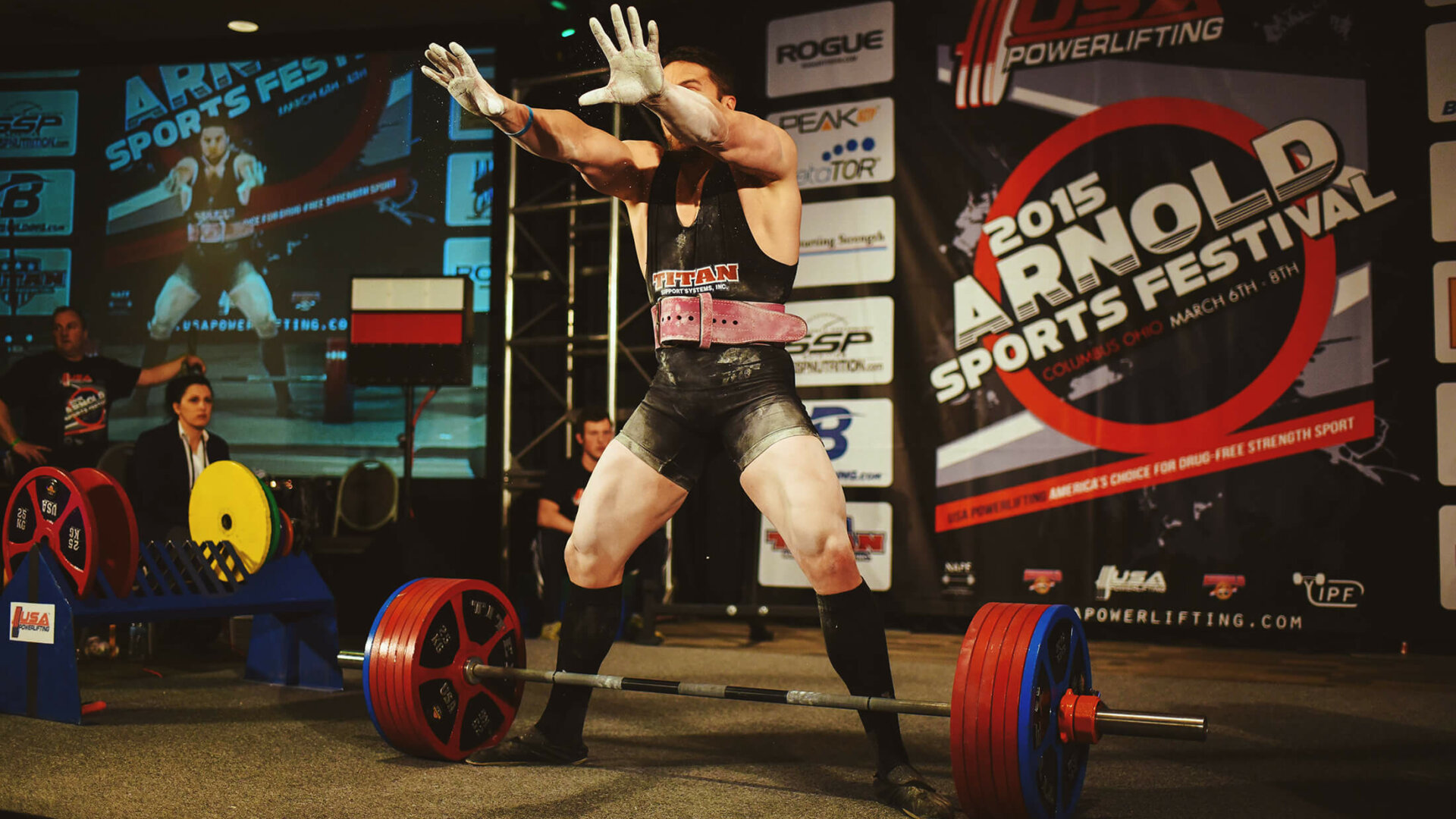I’ve mentioned it before. One of the things that you need to focus on for optimal lifting is your position. That is to say your form. Whether you’re talking about high bar or low bar squats, sumo or conventional deadlifts, or even minor differences like a ten degree external hip rotation compared to a 15 degree external hip rotation. Some of these differences are big, some of them are minute, yet can have a huge impact on your performance. More important than that, you have to know when it’s time to change, and why you need to change.
Weight Gain
Despite what jealous lean people say about their corpulent counterparts, added fat doesn’t make you a stronger or better lifter. Fat, while useful for keeping you warm, doesn’t move your bones. It doesn’t get stronger. It doesn’t have much (if any) elastic rebound. So to get that out of the way, assume that the fat strong guy who has a great total is also strong underneath that fat layer. You, in the quest for bigger muscles and lifts, know that getting too fat isn’t the answer. So with that said, your weight gain comes in the form of solid bulk muscle. What does this mean for your form?
It means your leverages are going to change. The first thing to understand is what we call a moment arm. If you take the line of force (the direction you’re exerting) and the joint axis (the straight line where a joint rotates) and figure the length between the two, that is your moment arm.
For an exercise like the squat, we exert with our feet, and our butt and quads create moment arms at the knee and hip joint. Depending on the form we use, the moment arms will be different. For instance, in a hip dominant low bar squat, the moment arm is greater at the hip joint, and in a high bar squat it’s less than the low bar but we get a longer moment arm at the knee joint.
To elaborate on the squat further, if you are looking for a starting point for your form, consider the following:
- Are you hip or quad dominant? A lot of people fall into the latter category. So starting with a high bar squat will be a good way to “meet yourself where you are.”
- How much muscle do you have and how long are your bones?
- What’s your training history? If you spent a good portion or your life long distance running and are new to lifting, this will help you out with the answer to both the first and second question.
With respect to that small list, you have a few options. If your quads are bigger and stronger, a narrow stance on the squat and deadlift will help you capitalize on that, since the moment arm will be bigger at the knee joint. If the opposite is true and you have a strong set of hips, a wider stance shortens the moment arm at the knees and lengthens it at the hip joint.
Should you find yourself on the spectrum of being big, you can use the size and strength of your posterior chain by incorporating a low bar squat to move heavier weight, or you can adapt to it quick by practicing that form.
What Does this Mean for the Bench Press?
When you arch your back to perform the powerlifting bench, you are already shortening the range of motion. Combine that with hypertrophy of the shoulders, pecs, and triceps and you have a recipe for becoming much stronger in this lift. Being bigger also gives you the greater support foundation allowing you to get away with wider hand placements. This creates less range of motion and can allow for a heavier lift, provided your shoulders can handle the difference.
When you Lose Weight
When you lose weight or decide to drop a weight class, things become more difficult. If a bigger muscle is capable of producing more force by increasing the moment arm, the exact opposite happens when you shrink. In this case, changing your form is paramount so that you can find the best leverages for your new and smaller size.
Again you have options depending on your bone length and your height. If you have short legs and long arms, for instance, a sumo deadlift might be advantageous for you if you drop weight. At the same time, if you have T-Rex arms, a wider grip on the bench press will be a shoe-in for you.
For the squat, you don’t have the same base of support you had when you were bigger. To that end, an easy place to look would be your stance. A wider stance, like we mentioned above, can reduce the range of motion of the lift and provide a bigger foundation for support.
Overuse/Underuse and Injury
The nature of the injury will dictate your future form. There are some easy tips you can implement in the short run, like opting for a sumo deadlift instead of a conventional, if your lower back is nagging you. Or in the case of the squat and bench, messing with your grip width can make or break your performance if your shoulder is giving you problems. In the long run, if the injury is a problem, seek a physical therapist and fix the issue.
In terms of overuse or underuse, it depends on your training cycle. If you are training the most specific way possible for a long period of time, like for a competition, then you are going to neglect some things. You will put some muscles in secondary or even tertiary importance, and it won’t be intentional. It happens to be the price you pay for working to excel at your sport. So even if you perform your main lifts one way in competition, it will help you to train them with different forms and variations in the off season. Or even during a short burst in your competition prep. One of the best ways to dictate that is to autoregulate it. So if you find yourself not progressing in a lift the way you have always been doing it, that’s a cue that you need to change something.
Conclusion
A large part of the benefit from switching things up will depend on your training age. If you are brand new, picking one form, nailing it, and getting to be the best you can be at it will do wonders for you. As you put in time under the bar, the more of a history you will have to go by when it does become time to change something. To recap, gains and losses in weight are two important considerations for when to change something. Progress stalling is another. And if you feel nagging injuries on the horizon, you will always want to nip that problem.
Getting stronger over time is something that requires a lot of attention and a lot of intuition. However, if you pay attention to the ebbs and flows of your body, you will be successful.
References
- https://bretcontreras.com/larger-muscle-stronger-muscle/
- http://www.ptdirect.com/training-design/training-fundamentals/moment-arms-force-vectors-and-a-squat-analysis
- http://www.ptdirect.com/training-design/training-fundamentals/movement-mechanics-2013-the-essentials-uncovered
- http://ffden-2.phys.uaf.edu/211_fall2013.web.dir/Johnson_Ryan/physics-of-the-squat.html
- Here’s a video of Ed Coan deadlifting at 198lbs now compare it to this video of him deadlifting at 242lbs

